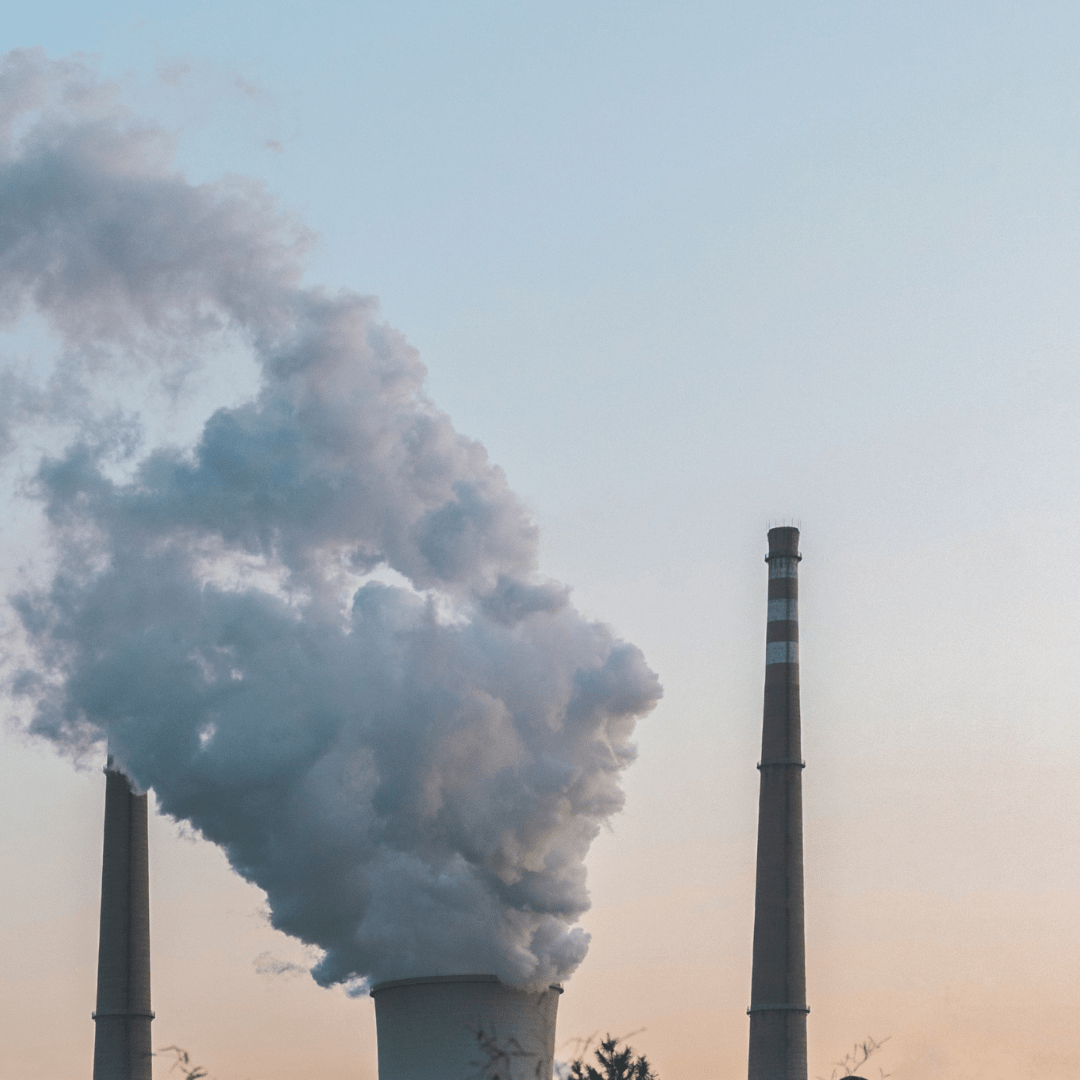by Paula Struthoff
Emissions from fossil fuels are the most significant driver of climate change and the resulting crisis. The extraction and combustion of these energy sources create large amounts of carbon dioxide. However, fossil fuel production has so far only played a minor part in climate negotiations. Climate policy experts now increasingly argue that countries should implement policies to restrict the production of fossil fuels at their source. These are called supply-side policies.
No major climate policies, to date, directly address the supply (production through extraction such as by drilling for oil) of fossil fuels such as oil, coal, and natural gas. The Paris Agreement, for example, is a demand-side treaty. This means countries pledge to reduce their demand of carbon-intensive activities, for instance through emissions trading schemes, or by moving to cleaner technologies. The responsibility is placed on the consumers of fossil fuel energy. Climate policy is constrained by this framework: fossil fuel production (through mining, drilling, or fracking) is largely overlooked as an area for policy.
Experts argue that ignoring the supply-side has been an oversight in climate policy, as the demand-side approach has proven insufficient: we are still emitting too much to avoid dangerous climate change. The 2020 UN Production Gap Report is a document which analyses the gap between countries’ planned fossil fuel productions and global targets for limiting global warming. They find that we are on track for more than 3°C of warming by 2100, which is much greater than the 1.5°C target set by the Paris Agreement. We have not reduced emissions nearly enough, and fossil fuel production is still expanding. Current fossil fuel commitments until 2030 alone will result in 120% more fossil fuel production than agreeable with staying below 1.5°C of warming. A large part of known fossil fuel reserves must stay in the ground and not be extracted to avoid this outcome.
Supply-side policies to ensure fossil fuels stay in the ground are slowly emerging. Implementations of fossil fuel extraction limits, called caps, and bans on new exploration (drilling for new oil and gas sources) are examples of these policies. Denmark just announced it will end new oil exploration in the North Sea by 2050, and other countries, such as the UK, might follow suit. Drilling in the Arctic is another hotly discussed climate topic which supply-side policies should prevent.
So, why are these supply-side policies a good idea again?
There are many complex political and economic arguments, and I only highlight a few here: firstly, they broaden the policy options and can be used in addition to demand-side policies, doubling our chance of success. Secondly, they are a more direct way to ensure fossil fuels stay in the ground: this is a necessary condition to avoid more dangerous warming. Thirdly, the fossil fuel industry has avoided taking responsibility for the climate crisis to date, albeit being a major actor in the climate crisis. Supply-side policies are a way to address and reform this industry, which we must do if we take the climate crisis seriously.
Paula is a postgraduate student in the environmental social sciences and currently lives near London. Her academic work focuses on corporate greenwashing and short term politics, which in her opinion are the biggest hurdles to overcome to have more productive climate conversations and policies. She is a Cambridge geography graduate and loves to walk dogs, cook, and read books in her free time.
References:
[1] Nature (2009). “Greenhouse-gas emission targets for limiting global warming to 2?°C”. https://www.nature.com/articles/nature08017 (Accessed 28/02/2021)[2] IPCC (2014). “Fifth Assessment Report”. https://www.ipcc.ch/assessment-report/ar5 (Accessed 28/02/2021)
[3] SEI (2015). “Supply-side climate policy: the road less taken”. https://www.sei.org/publications/supply-side-climate-policy-the-road-less-taken/ (Accessed 28/02/2021)
[4] Science (2019).”The case for a supply-side climate treaty”. https://science.sciencemag.org/content/365/6451/325 (Accessed 28/02/2021)
[5] Society and Natural Resources (2020). “Amplifying “Keep It in the Ground” First-Movers: Toward a Comparative Framework”. https://www.tandfonline.com/doi/full/10.1080/08941920.2020.1772924 (Accessed 28/02/2021)
[6] Washington Post (2020). “What Does ‘Dangerous’ Climate Change Really Mean?”. https://www.washingtonpost.com/climate-solutions/2020/01/22/what-does-dangerous-climate-change-really-mean/ (Accessed 28/02/2021)
[7] UNEP (2020). “Production Gap Report 2020”. https://www.unep.org/resources/report/production-gap-2020 (Accessed 28/02/2021)
[8] BBC (2021). “Denmark set to end all new oil and gas exploration”. https://www.bbc.co.uk/news/business-55184580 (Accessed 28/02/2021)

Tell us what you think!